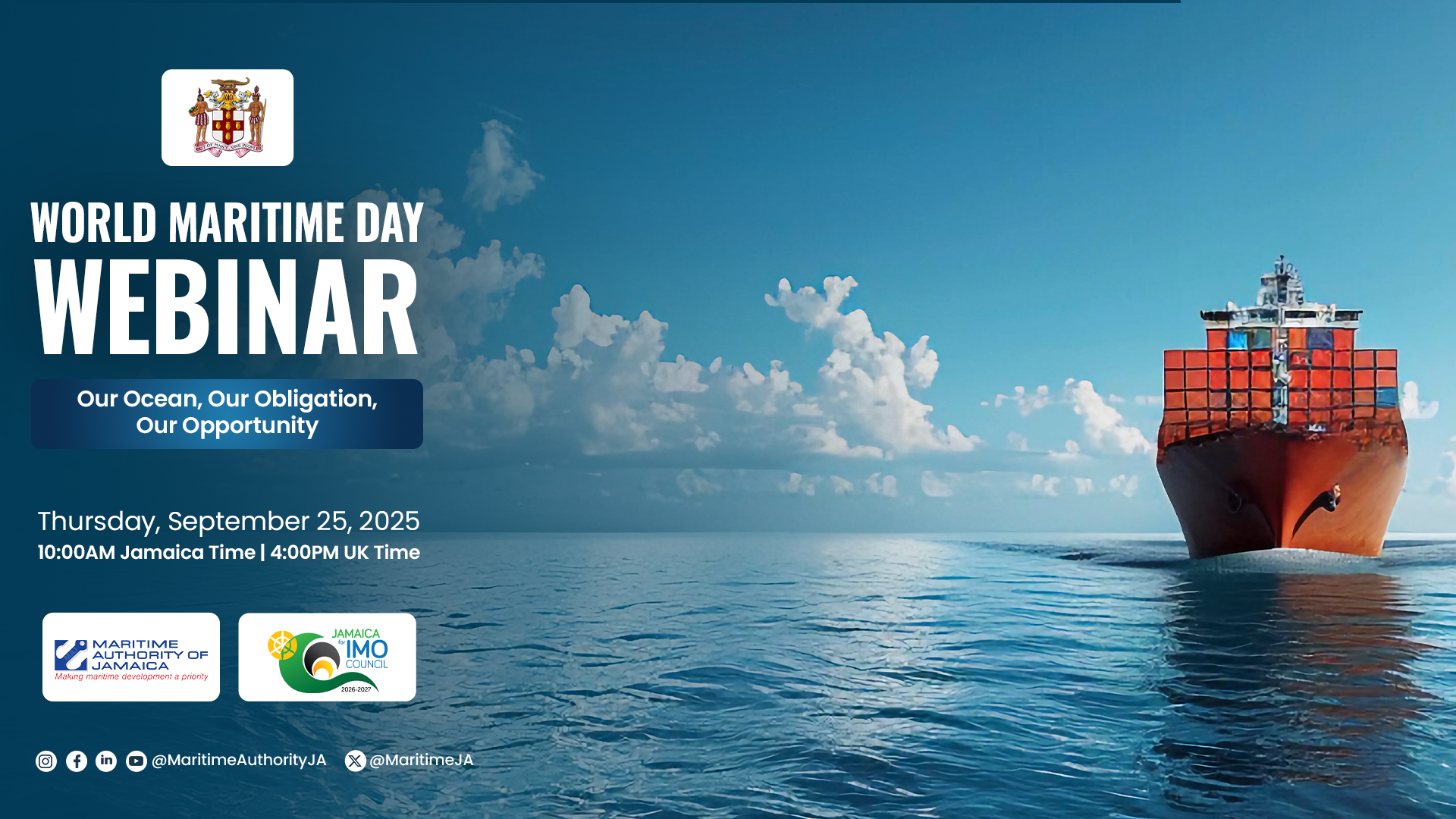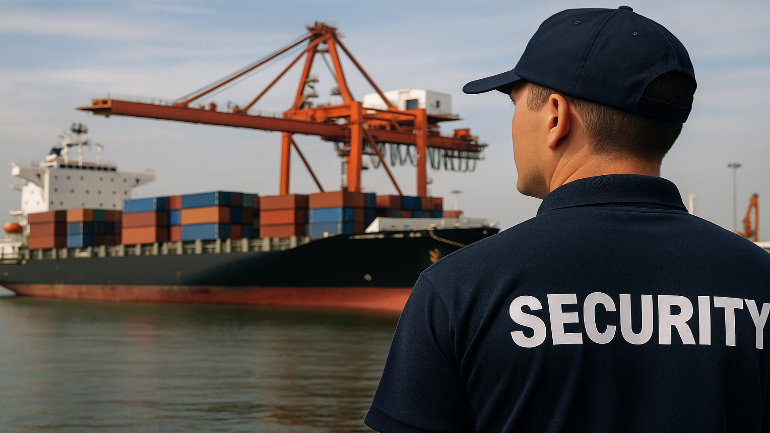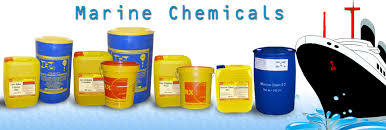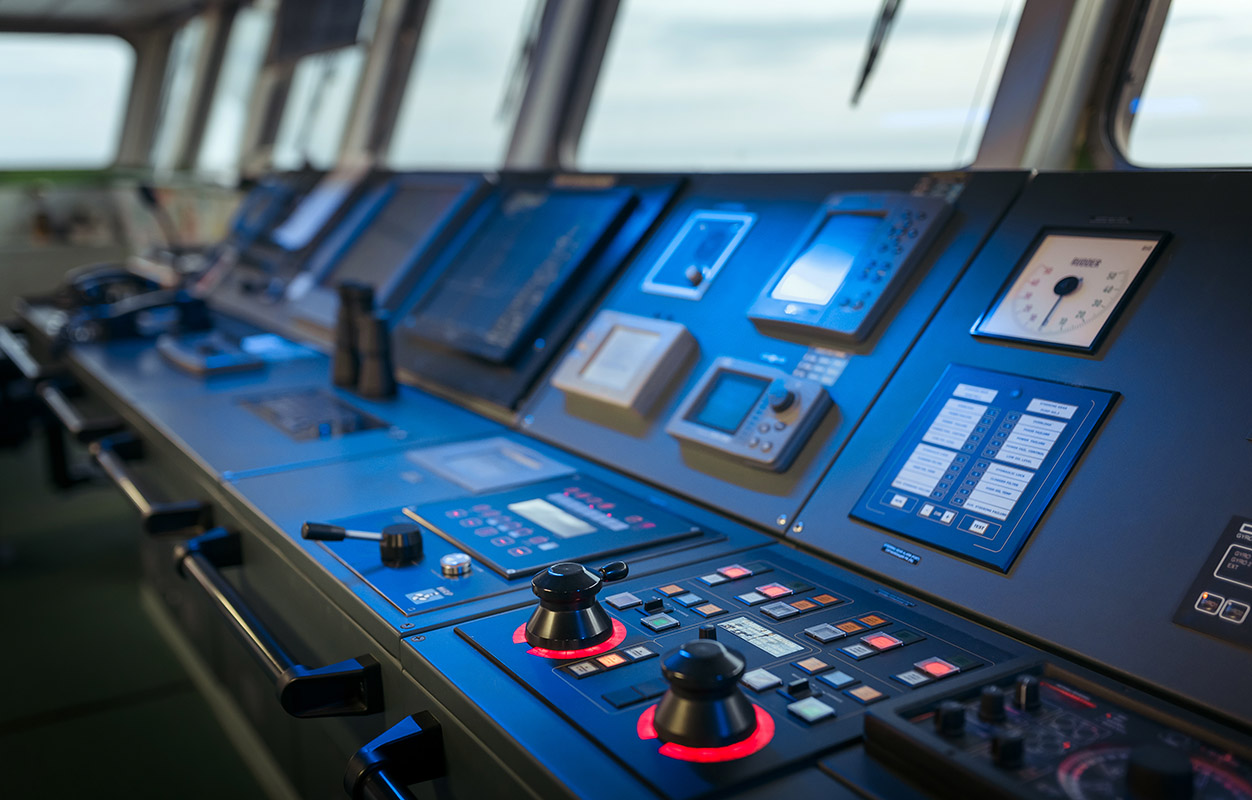

About Us
AVS has led maritime supply, catering, and logistics for 39 years, serving seafarers globally. Our reach spans 1,500+ ports in 126 countries, committed to excellence, innovation, and sustainability. We aim to surpass client expectations, making their challenges our mission.
Partner with AVS, where fast, efficient and reliable maritime solutions is our priority.
About UsContact Info
- Soganlik Yeni Mah, Pamukkale Sk. No:2, 34880, Kartal, Istanbul, Turkiye
- +90 216 591 0849
- info@avsglobalsupply.com
What is ISPS Code?
- Home
- Blog
- What is ISPS Code?

Kategori Yok
- Date: 21 Apr 2025 01:45
- Author: AVS Editor Staff
What is ISPS Code?

The ISPS Code stands for the International Ship and Port Facility Security Code. It was developed by the International Maritime Organization (IMO) and became mandatory under the SOLAS Convention (Safety of Life at Sea) in 2004.
The ISPS Code was created in direct response to growing global concerns about terrorism, especially after the events of 9/11. It introduced a globally consistent approach to maritime security. Think of it as a security framework that applies to both ships and the port facilities that serve them.
What It Covers
Here’s what the ISPS Code includes:
-
Three Security Levels
Level 1: Normal
Level 2: Heightened
Level 3: Exceptional or Imminent ThreatShips and ports must adjust their operations depending on which level is in effect. These levels are designed to help everyone know how serious the threat is and how to respond accordingly.
-
Ship Security Plan (SSP)
Every ship over 500 GT on international voyages must have a custom-tailored plan that outlines its security measures. This includes access control, monitoring, communications, and emergency procedures. -
Port Facility Security Plan (PFSP)
Ports need their own security procedures too. These plans include screening cargo, controlling personnel access, and coordinating with visiting ships. -
Designated Security Officers
Ships and port facilities must assign specific roles:- SSO: Ship Security Officer
- CSO: Company Security Officer
- PFSO: Port Facility Security Officer
These officers are responsible for developing and implementing the security plans, as well as conducting drills and training.
-
Access Control
Controlling who gets on board and who stays off. It’s similar to airport security. From ID checks to CCTV monitoring, every person and piece of cargo is monitored.
Clearing Up Common Misunderstandings
Many people confuse the ISPS Code with general ship safety regulations. It’s important to understand that SOLAS covers a broad range of safety issues like fire protection, life-saving appliances, and navigation systems. The ISPS Code is specifically about security, not safety.
Another myth is that the ISPS Code only applies to large ships or to certain types of cargo. In reality, it applies to:
- Cargo ships over 500 GT
- Passenger ships
- Mobile offshore drilling units
- Port facilities serving these ships
So whether you’re running a cruise line or a freight service, the ISPS Code likely affects you.
Who Needs to Pay Attention
If you're in the maritime world, chances are the ISPS Code is directly relevant to your job. Here’s who needs to understand and comply:
- Ship officers and crew: Knowing what to do at each security level is critical.
- Port operators: Access control, surveillance, and coordination with vessels are all part of daily operations.
- Logistics and shipping companies: ISPS compliance affects routing, timing, insurance, and even customs clearance.
- Security contractors: Many ports and ships rely on third parties to implement parts of their ISPS plans.
Even if you're not on deck every day, if you're moving goods by sea, the ISPS Code is protecting your supply chain.
How the ISPS Code Works in Practice
Let’s say a container ship is approaching a high-risk region during a time of regional conflict. The maritime authority may raise the security level from 1 to 2.
Here’s what happens:
- The Ship Security Officer increases access restrictions. Some doors may be locked, and more frequent ID checks are conducted.
- Crew members are briefed on potential risks and how to respond.
- Communications with port authorities become more detailed and formal.
- Security personnel may be posted at strategic points.
- Cargo inspection and documentation are double-checked.
The beauty of the ISPS Code is its flexibility. It provides a consistent structure but allows room for vessels and ports to tailor their plans based on their size, type, and risk profile.
Wrapping It Up: Why It All Matters
Security might not be the flashiest part of maritime operations, but without it, nothing else runs smoothly. The ISPS Code ensures that ships, crews, cargo, and ports are protected from threats that can cause massive disruptions and real harm.
For professionals in shipping, port operations, and logistics, understanding the ISPS Code isn’t just about ticking a compliance box. It’s about being part of a global system that keeps trade flowing safely and securely.
What are you doing today to strengthen your ship or port’s security posture under the ISPS Code? Whether it’s reviewing your plans, running a drill, or refreshing your team’s training, every step matters.
FAQ: Understanding the ISPS Code in Practice
1. Who enforces the ISPS Code, and what happens if a ship or port doesn’t comply?
Enforcement is typically handled by each country's maritime authority, often through port state control inspections or flag state audits. Non-compliance can lead to fines, detention of the ship, denial of port entry, or even blacklisting in serious cases.
2. How often do security drills or training need to be done under ISPS?
Ships and port facilities must conduct regular security drills at least every three months, and full-scale exercises annually. The goal is to ensure that all personnel understand their roles and can respond quickly if a real threat occurs.
3. What’s the difference between the Ship Security Officer (SSO) and the Company Security Officer (CSO)?
The SSO is responsible for implementing and maintaining the Ship Security Plan on board, while the CSO oversees security across the entire fleet from shore. The CSO ensures that all vessels under the company’s management meet ISPS requirements and supports each SSO with resources and guidance.
4. Can the ISPS Code apply to domestic voyages or small vessels?
Not typically. The ISPS Code is mandatory for ships over 500 GT engaged in international voyages. Domestic vessels and smaller ships usually follow national regulations, though some countries choose to extend ISPS-style requirements to them voluntarily.
5. Is cyber security covered under the ISPS Code?
Not directly. The ISPS Code focuses on physical security, but cyber risks are increasingly recognized as a maritime threat. The IMO has issued separate guidelines encouraging ships and ports to integrate cyber risk management into their safety and security plans.
6. How is the current security level communicated to ships and ports?
Security levels are set and communicated by the flag state (for ships) and port state authorities (for ports). Ships receive updates through official notices or port communication systems, and must respond accordingly, even while at sea.
7. Does the ISPS Code affect how cargo is loaded or unloaded?
Yes. Under ISPS, cargo handling must include security checks such as documentation verification, seal inspection, and restricted access to cargo areas. This can influence timing and coordination with logistics teams onshore.
8. Are there real-world examples of the ISPS Code preventing a threat?
While many incidents are not publicized in detail, there have been multiple reports where suspicious individuals were denied access to ships or restricted areas thanks to ISPS measures. The code acts more as a deterrent and early-warning system, preventing incidents before they escalate.

Published by
AVS Editor Staff
Bilinmiyor


